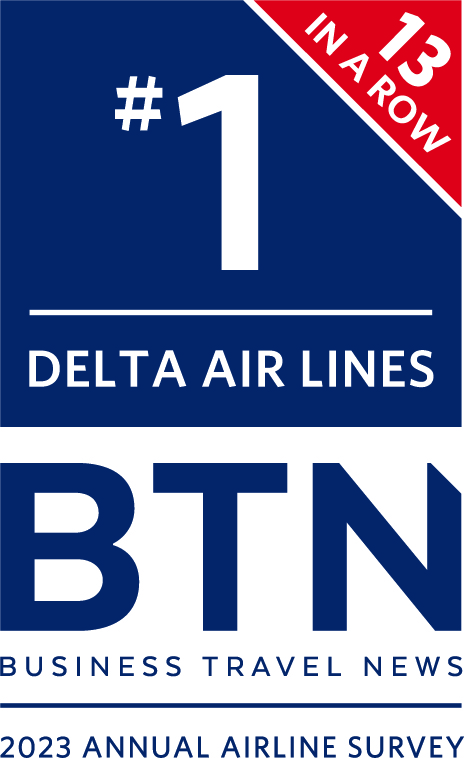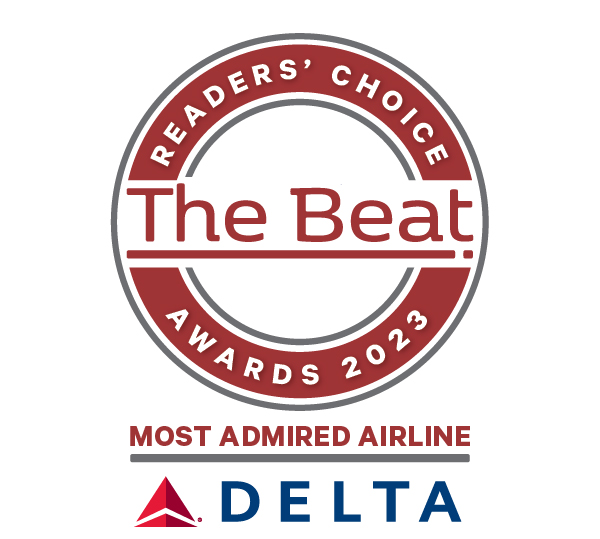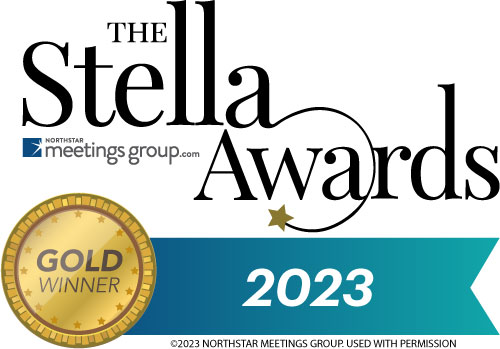
Other Seating Information
Advance Seat Selection
Advance seat assignments may be confirmed once ticketed up to 331 days prior to travel on Delta and Delta Connection flights.
Seating Options
Delta is proud to offer a variety of signature products and experiences. We offer more seating options to keep pace with the evolving needs of our mutual passengers. Here is some useful information that explains Delta’s exceptional onboard experience, including a seats and cabin comparison chart that provides information on the different cabin and seating options available.
Bulkhead Seating
A bulkhead seat is a seat on the aircraft with a wall or divider in front of it.
Passengers with Disabilities
Per DOT regulations, passengers are not required to disclose disabilities in order to be assigned bulkhead seats. If a passenger with an undisclosed disability requests a bulkhead seat, Delta will assign a bulkhead seat within the cabin of purchase. Please note: A passenger assigned a bulkhead seat may be reaccommodated if the following passengers with disabilities require the seat:
- A passenger with a fused or immobile leg
- A passenger requires an aisle chair
- A passenger traveling with a service animal (SVAN/ESAN)
Additional information for seating accommodations for individuals with disabilities is available here.
Pets in Cabin (PETC)
Pets in Cabin are not permitted in the bulkhead row.
Bassinets (SkyCots)
Onboard bassinets, also known as SkyCots, are available free of charge on equipped aircraft for some international flights. SkyCots can be requested, but are not guaranteed.
General guidelines for a SkyCot are as follows:
- Infants must weigh 20 pounds or less and be no longer than 26 inches in length.
- There is a limit of two SkyCots per equipped aircraft.
- SkyCots may be subject to weight restrictions. Advise passenger to inquire at boarding gate as limits vary according to type of SkyCot.
- Infants must be held during take-off and landing and whenever the seat belt light is on.
Requesting a SkyCot
Travel agencies may request a SkyCot using the BSCT SSR in their respective GDS. Requests for a SkyCot are not guaranteed. SkyCots are issued on the departure date, at the gate, on a first-come, first-serve basis.
Assigning Seats for Passengers Requesting a SkyCot
When assigning a seat for a passenger that requested a SkyCot:
- If the appropriate seats are unavailable and/or restricted, assign alternate seats and advise the passenger to request seat change upon check-in at the airport.
- If the appropriate seats are Delta Comfort+ seats, the passenger can choose to purchase the seat/fare or choose alternate seats and request a seat change upon check-in at the airport. If Delta Comfort+ seat fee or fare is purchased and a bassinet is unavailable at time of check-in, the passenger may request a refund of the seat fee/fare difference.
- If the appropriate seats are Preferred Seats, the passenger can choose to purchase the seat or choose alternate seats and request a seat change upon check-in at the airport. If the preferred seat is purchased and a bassinet is unavailable at time of check-in, the passenger may request a refund for the seat fee.
Flat-Bed Seats
Flat-bed seats are available in the front cabin on select Delta Mainline Aircraft. Flat-bed seats recline to a fully-flat, 76-82 inch long bed.
The following aircraft are equipped with flat-bed seats:
- A330-200 & A330-300
- A330-900 (Flat Bed Suite)
- A350 (Flat Bed Suite)
- B757-200 ER (75S, only)
- B767-300 ER
- B767-400 ER
- B777-200 LR/ER (Flat Bed Suite on select flights)
Infants and Children and Flat-Bed Seats
All types of child restraint devices (CRS) - including the CARES harnesses – are not permitted in flat-bed Delta One and First Class seats. Exception: FAA approved CRS are permitted on the A350 aircraft in all cabins and per Federal Regulations CARES CRS cannot be used at any time on the Delta One flat-bed seats on the B767-300ER aircraft, however, the Car-seat CRS is allowed.
Trained Service Animals and Flat-Bed Seats
Passengers with trained service animals are permitted to occupy flat-bed seat, but may require assistance from the flight attendant.
- When the passenger wants to extend the lie flat bed, the trained service animal should be immediately moved to the aisle while the bed is extending.
- Once extended, the animal will be directed under the seat by its owner.
- Once under the seat, the passenger should be instructed not to move the seat without moving the service animal from below the seat.
Delta One does not have any available room for service animal kennels to be placed under the seat
- Service animals may be anywhere within the passenger's allocated seat space.
- Service animals can sit in the passenger's lap, provided the animal is no larger than a lap child.
If the passenger wants to bring a kennel, it can be place in the onboard stowage location as an assistive device.
Infant Seating
Infants (children under 2 years)
- Passengers with infants are not permitted to occupy an exit row seat.
- Child restraint systems (CRS) are not allowed in the row forward or behind emergency exit rows.
All types of child restraint systems (CRS) - including the CARES harnesses – are not permitted in flat-bed Delta One and First Class seats. Exception: FAA approved CRS are permitted on the A350 aircraft in all cabins and per Federal Regulations CARES CRS cannot be used at any time on the Delta One flat-bed seats on the B767-300ER aircraft, however, the Car-seat CRS is allowed.
- Additional restrictions may apply for DL connection carriers. Contact Global Sales Support or Delta Reservations for specific information regarding Delta Connection carriers.
Preferred Seating
Delta allows our most valued passengers access to preferential advance seat assignments. This service is called Preferred Seating. Preferred Seating is offered on Delta and Delta Connection® flights, subject to availability. View Preferred Seating available in the Policy Library for complete details.
Exit Row Seating
Travel agents may view available exit row seats through their respective GDS, using the appropriate GDS functional entry to view a seat map. Similarly, exit row seating may be requested and assigned from the seat map if the passenger qualifies, their qualifying frequent flyer number is in their reservation, and the seat is available.
Please note: Delta’s exit row seating in the Main cabin is almost exclusively designated as Preferred Seating. DL-marketed, OA-operated flights may have different rules related to exit row seating and may not be available to request through the GDS.
Per FAA regulations and to ensure the safety of all passengers traveling on Delta, when assigning exit row seats, please review and adhere to the below criteria and guidelines.
Passenger Qualifications
Delta procedures, to be in compliance with Federal regulations, require passengers seated in designated exit seats be able to assist crewmembers in the event of an emergency.
Passengers may not sit in an exit seat if it is likely they would be unable to perform certain emergency procedures because they:
- Lack sufficient mobility, strength, or dexterity in both arms and hands, and both legs to reach the emergency exit, operate the exit and exit expeditiously.
- Are less than 15 years of age.
- Lack the ability to understand crew instructions.
- Lack sufficient vision or hearing to perform functions illustrated on the safety/emergency exit card.
- Lack the ability to impart information orally to other passengers.
- Have a condition or responsibility, such as caring for small children that might prevent them from performing the applicable exit row functions. Have a condition that might cause them harm if they perform one or more of the applicable exit row functions.
- Require the use of a seat belt extension. (this limitation is intended to preclude the hazard of entanglement with the additional length of the extension by those passengers attempting to expeditiously exit the aircraft)
- Use a wheelchair or other assist device
- Are using supplemental oxygen or a portable oxygen concentrator.
- Are traveling with an emotional support animal, service animal or family pet.
Note: Passengers in child restraint devices may not be assigned seats in an exit row or in seats directly in front of or behind an exit seat.
Questions
For questions regarding other seating information, please contact Delta Sales Support or Delta Reservations for assistance.











